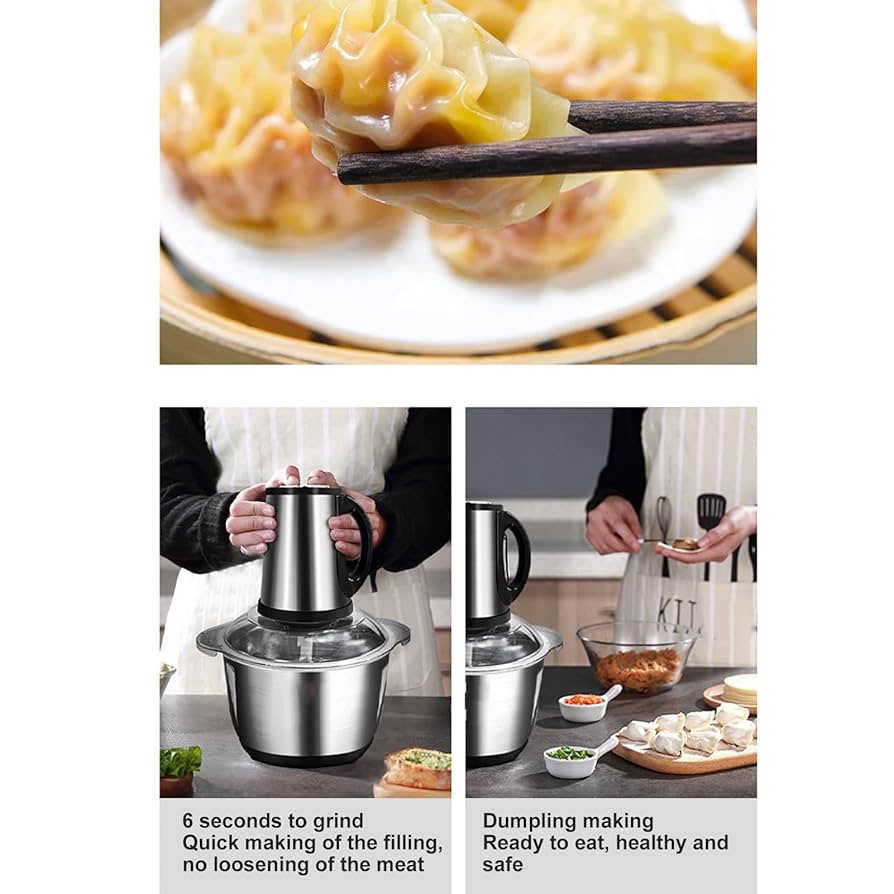10 years of experience as a food machinery equipment manufacturer
10 years of experience as a food machinery equipment manufacturer
Creating restaurant-quality dumpling filling at home hinges on achieving the perfect texture for your meat. While many home cooks start with pre-ground options, those seeking superior flavour and texture know the importance of freshly chopped meat. When it comes to preparing that key ingredient, the choice often narrows down to two main tools: the manual meat chopper and its electric counterpart. Understanding the nuances of each appliance is key to deciding which aligns best with your cooking habits and preferences.

For generations, cooks have relied on the manual crescent-shaped chopper and sturdy wooden board. This traditional method involves rocking the curved blade back and forth across meat placed on the board, finely mincing it through repetition.
Advantages of Manual Chopping:
Considerations for Manual Use:
The electric meat chopper revolutionizes the process by using a motor to rapidly pulse S-shaped blades within a dedicated container. Users typically cut meat into cubes before placing them inside and selecting a processing speed.
Advantages of Electric Chopping:
Considerations for Electric Use:
Neither tool is inherently “best”; the optimal choice depends entirely on individual needs and cooking style:
Both the manual and electric dumpling meat choppers effectively serve the purpose of creating fresh, flavourful filling. The venerable manual chopper offers unparalleled texture control and a direct connection to the process, excelling in precision and simplicity. The electric chopper shines through modern convenience, speed, and reduced effort, transforming a potentially laborious task into a quick kitchen procedure. Ultimately, the best fit comes down to how you approach cooking: whether you savour the meticulous manual process or prefer the swift efficiency of modern technology. Understanding the strengths and compromises of each empowers you to select the perfect chopping partner for countless batches of delicious homemade dumplings. The path to perfect filling texture starts with choosing the right tool for your hands and your habits.
